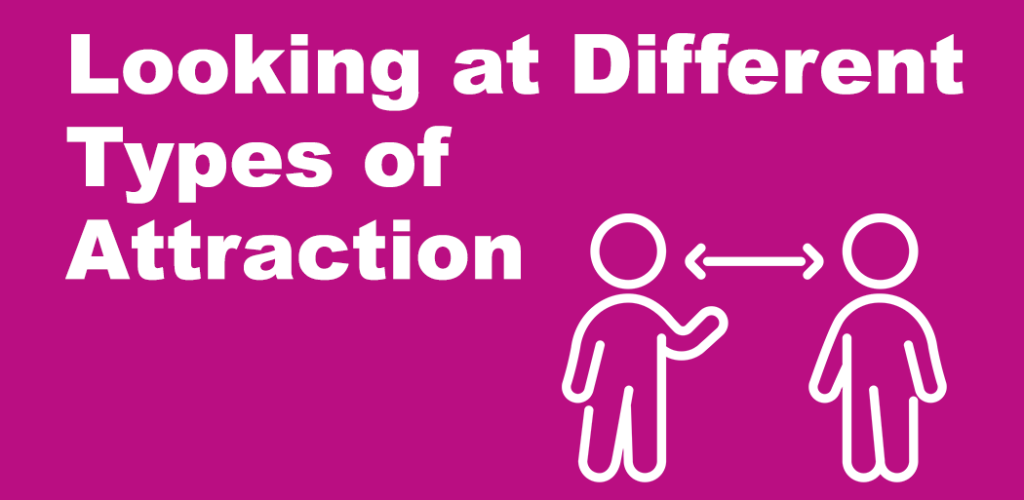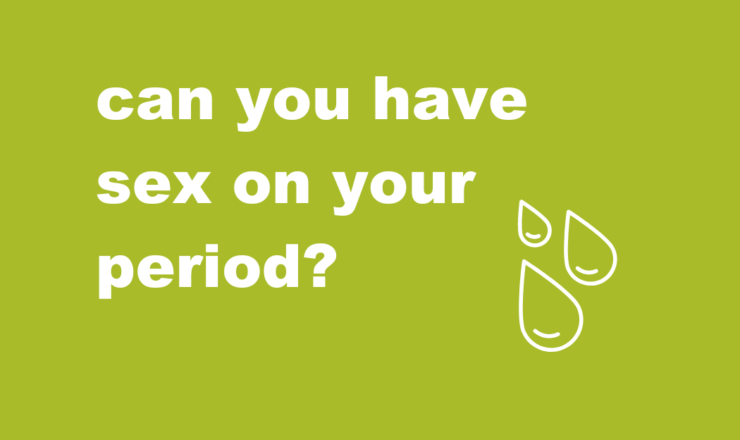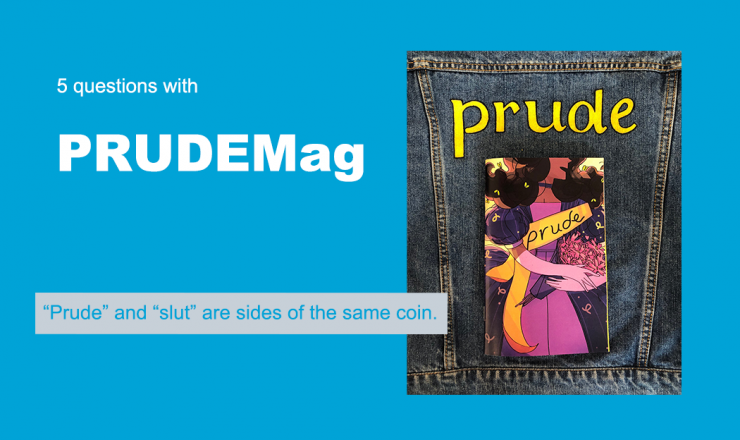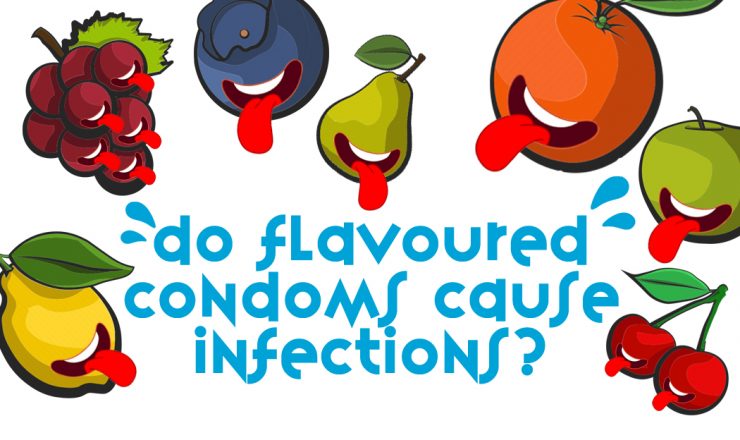

There are lots of different ways that people can be attracted (or not) to each other. Over the past bunch of years people have developed more language to better describe how and why we do or do not feel a certain way about others. And while this is all super awesome, it can also be tricky if you’re not familiar all the different terms or even if you’re just having a hard time finding the term that fits you. So read on for just some of the labels and concepts people have for understanding and talking about attraction!
“Attraction” is a word that describes the feeling of being drawn to another person. Even though it gets used a lot as if there’s only one kind of attraction (like for context of sex or dating), there are many ways and reasons that we can be attracted to another person, like being attracted to someone as a friend, as a fan, etc.
Another way of thinking about attraction is something called the Split Attraction Model (SAM). The model understands that attraction can be for sexual reasons, but it can also be for romantic, aesthetic, sensual, emotional, intellectual, and other reasons. Current definitions mostly focus on Romantic and Sexual attractions.
| A Note about SAM |
|
Sexual Attraction is an aspect of Sexual Orientation. Sexual Attraction refers to being drawn to another person for sexual reasons. It is a feeling with a physical connection or motivation. Since Sexual Attraction is a feeling, it’s your choice if you want to act on it (i.e., engaging in sexual activities with someone) or if you want it to define your sexual orientation more broadly (i.e., choosing a label for yourself based or not on your feelings of attraction). Here is a list of some of the more commonly discussed types of Sexual Orientations:
Where Sexual Orientation deals with a person’s feelings of Sexual Attraction, Romantic Orientation refers to being drawn to another person for romantic reasons. It is a feeling with an emotional connection or motivation. Since Romantic Attraction is a feeling it’s your choice if you want to act on it, or if you want it to define your romantic orientation more broadly. Here is a list of some of the more commonly discussed types of Romantic Orientations:
You may identify with some or none of these, and that’s okay. And whatever you identify with now, it’s possible that you can remember having some of these feelings in the past, or anticipate you might feel them in the future…or not! How you experience attraction and/or who you’re attracted to can change over time. You might find yourself feeling more or less attracted to people based on how busy your life is at the moment, or maybe when certain people enter your life, or maybe never at all. Attraction is just one aspect of life, and even though romantic and sexual relationships take up a lot of space in people’s conversations or media, it’s really okay how much time or energy you spend on being attracted to others.
If you have questions about this topic, feel free to contact one of our peer educators. [Link]
Last Updated: May 2022

People can be pretty divided on how they feel about period sex, this article talks about how to do it safely, minimize mess, and have fun!

PRUDEmag is a hot new Toronto-based zine for spinsters, rule-makers, asexuals, relationship anarchists, & all others resisting a sex-necessary culture. We caught up with some of the people behind the zine for our the latest in our 5 Questions series!

Some people choose to add to the taste experience of sexual activities by using flavoured condoms, lube, and dental dams. But are they safe?